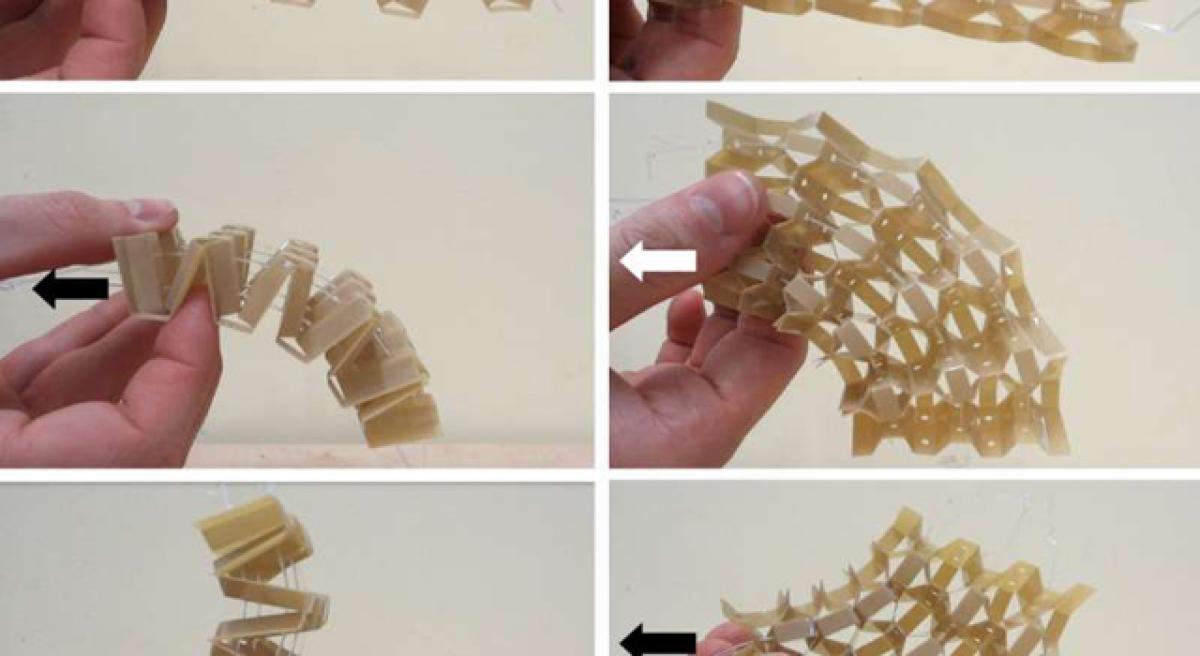Live
- Initiate steps for implementation of GER: Minister Anam
- Mammootty and Mohanlal to Team Up for Their 50th Film Together
- CAG points out increasing debts during 2022-23
- Youth Commits Suicide in Srikalahasti
- MeT department advises TN fishermen to avoid deep sea fishing
- Scientists decode brain activity that can help treat anxiety and depression
- Madarihat loss sees BJP’s tally in Bengal Assembly down to 66
- Sambhal mosque survey: Mob pelts stones at cops, several arrested
- US chipmaker AMD poised to step up investment in India
- Market Outlook: Q2 GDP, FIIs data and global cues key triggers for next week









